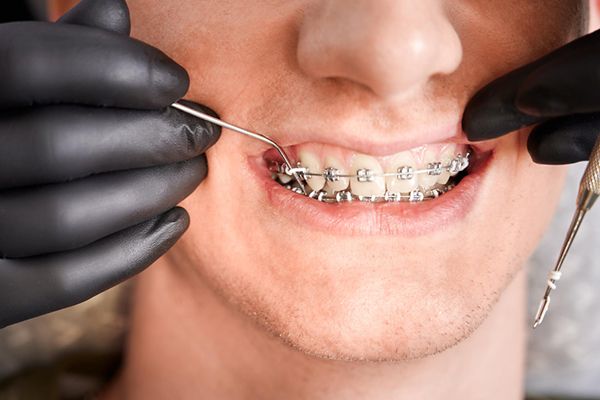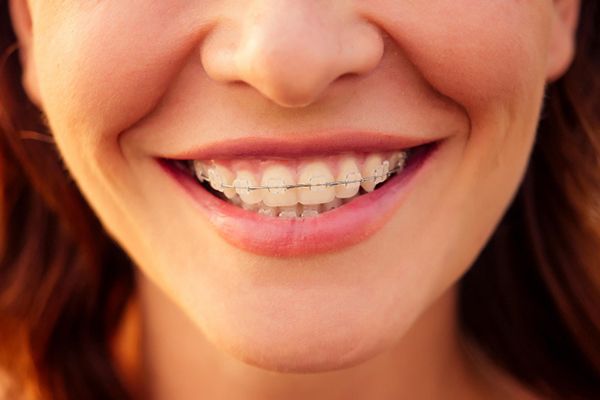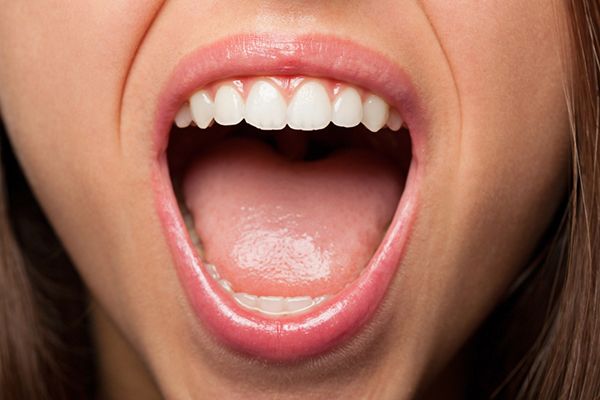The mechanism by which fixed braces move teeth is a remarkable biological process called bone remodelling. When consistent pressure is applied to a tooth via the brackets and archwire, it stimulates cells in the jawbone surrounding the tooth root.
On the side of the tooth where pressure is being exerted, bone is gently resorbed (broken down) by specialised cells called osteoclasts. On the opposite side, where tension is created as the tooth moves, bone is deposited (built up) by cells called osteoblasts. This delicate balance of bone resorption and deposition allows the tooth to migrate through the bone into its new, desired position.
The orthodontist carefully plans the movement by selecting the appropriate brackets, archwire material, and wire shape. At each adjustment appointment (typically every 4-8 weeks), the orthodontist will evaluate the progress and make necessary changes to the archwire or elastics to continue guiding the teeth along the planned path. This controlled, step-by-step process ensures that teeth are moved safely and effectively into their optimal alignment.






